Affiliate links on Android Authority may earn us a commission. Learn more.

Xiaomi Mi Mix 3
What we like
What we don't like
Our scores
Xiaomi Mi Mix 3
The Xiaomi Mi Mix 3 is the clear successor to last year’s Mi Mix 2 and Mi Mix 2S, now redesigned to compete head-to-head with the HONOR Magic 2. It offers very similar specifications and features, and it also utilizes the same unique slider design as the Magic 2. Only time will tell if the slider form factor of yesteryear is truly making a comeback, but the Xiaomi Mi Mix 3 is one of two smartphones in recent months to reintroduce this design. This is our full review of the Xiaomi Mi Mix 3.
Xiaomi has just announced the 599 euro (~$679) Mi Mix 3 5G smartphone in Barcelona, serving up a slider device with 5G connectivity. The new phone, scheduled for a May release, sports a Snapdragon 855 chipset, X50 modem, and a 3,800mAh battery. Other than these changes, it's identical to the standard Mi Mix 3.
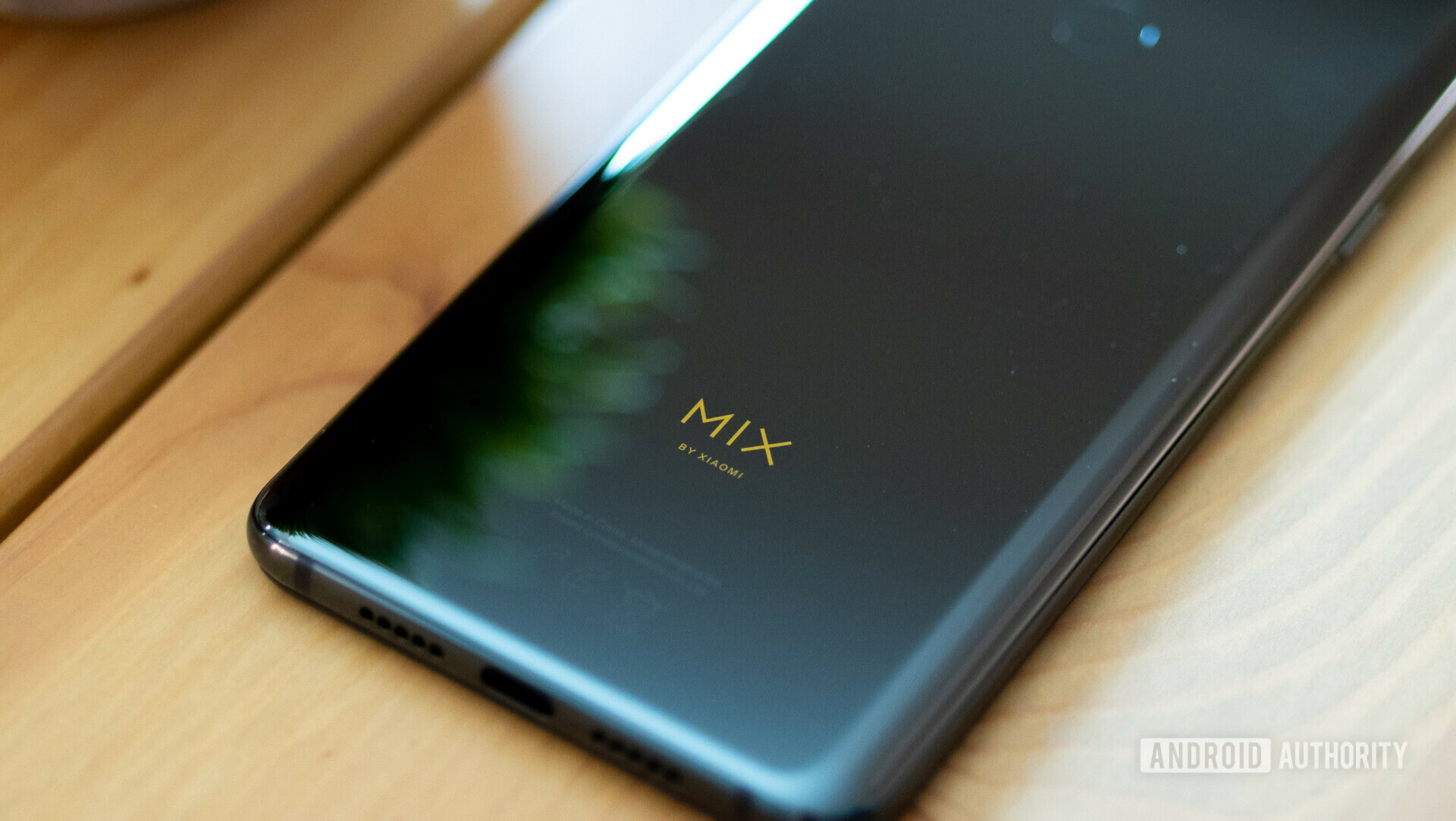
Design
The combination of ceramic and aluminum provides for excellent build quality and at 218g the phone feels very substantial.
The overall design of the Xiaomi Mi Mix 3 is nothing short of what you would expect from Xiaomi. The Mi Mix 3 utilizes Xiaomi’s signature ceramic backing and a 7-series aluminum frame along the perimeter. The combination of ceramic and aluminum provides excellent build quality and at 218g the phone feels very substantial. Some may not like the weight, as it is one of the heaviest phones on the market, but I personally didn’t mind the heft. The phone makes good use of rounded corners, curved sides, and tapered edges for better comfort and a stylish appearance.
The ceramic backing is reflective and glossy, making it tough to keep fingerprint-free. It’s definitely a beautiful device if you can manage to keep your paws from greasing up its backside.
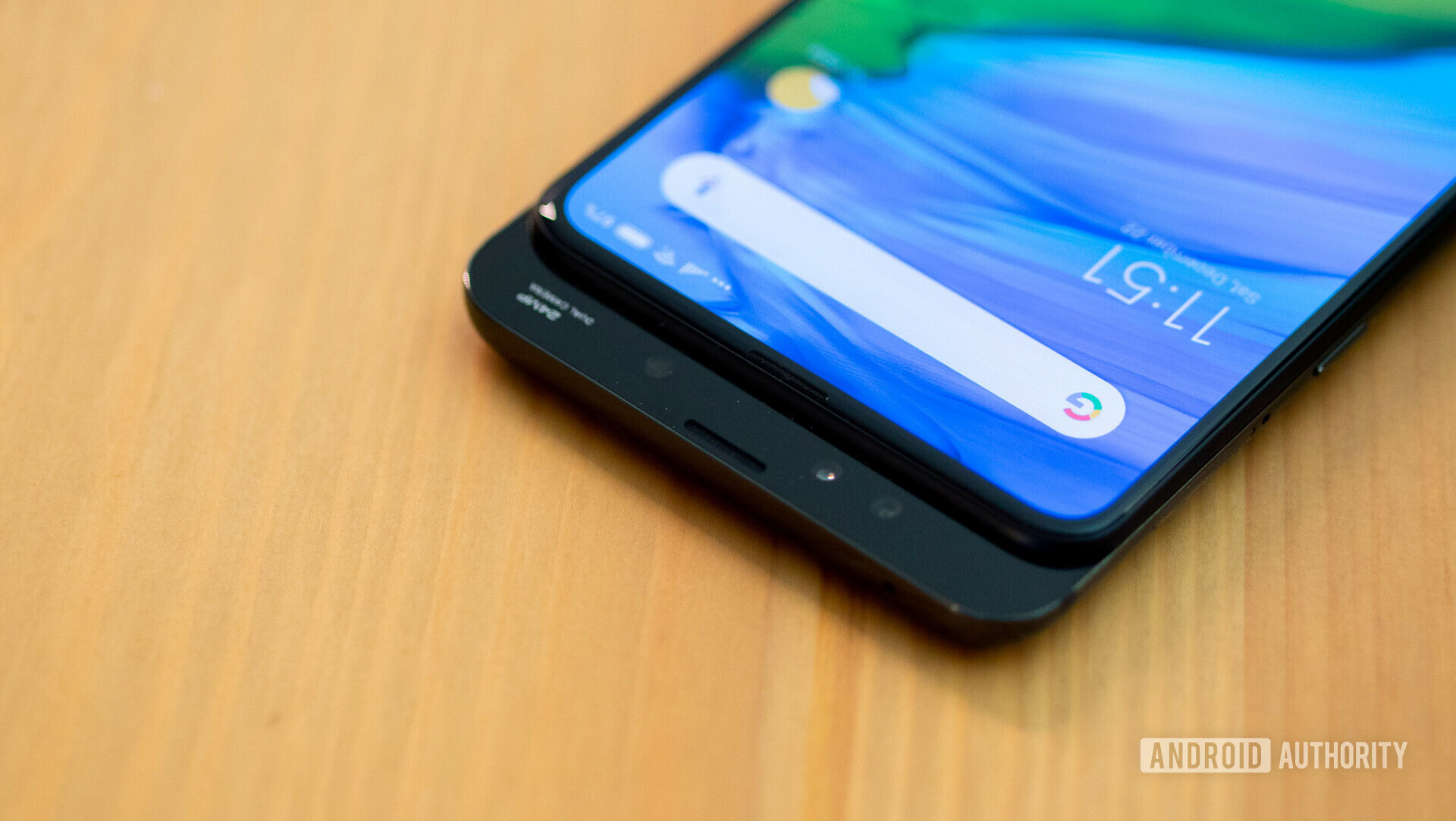
The slider mechanism satisfyingly clicks into place when open or shut and even has a spring back effect that's reminiscent of slider phones of old.
The slider mechanism is fully manual and works just like the HONOR Magic 2. Sliding the screen down opens up the phone, revealing the front-facing cameras. Xiaomi also included sound effects to make sliding the phone open and closed a little bit more fun. The slider mechanism satisfyingly clicks into place when open or shut and even has a spring back effect that’s reminiscent of slider phones of old. The slider feels sturdy overall and Xiaomi rates it at 300,000 cycles, but the front half has a slight wiggle. It’s probably not something to worry about, but I didn’t notice a wiggle with the HONOR Magic 2’s slider.
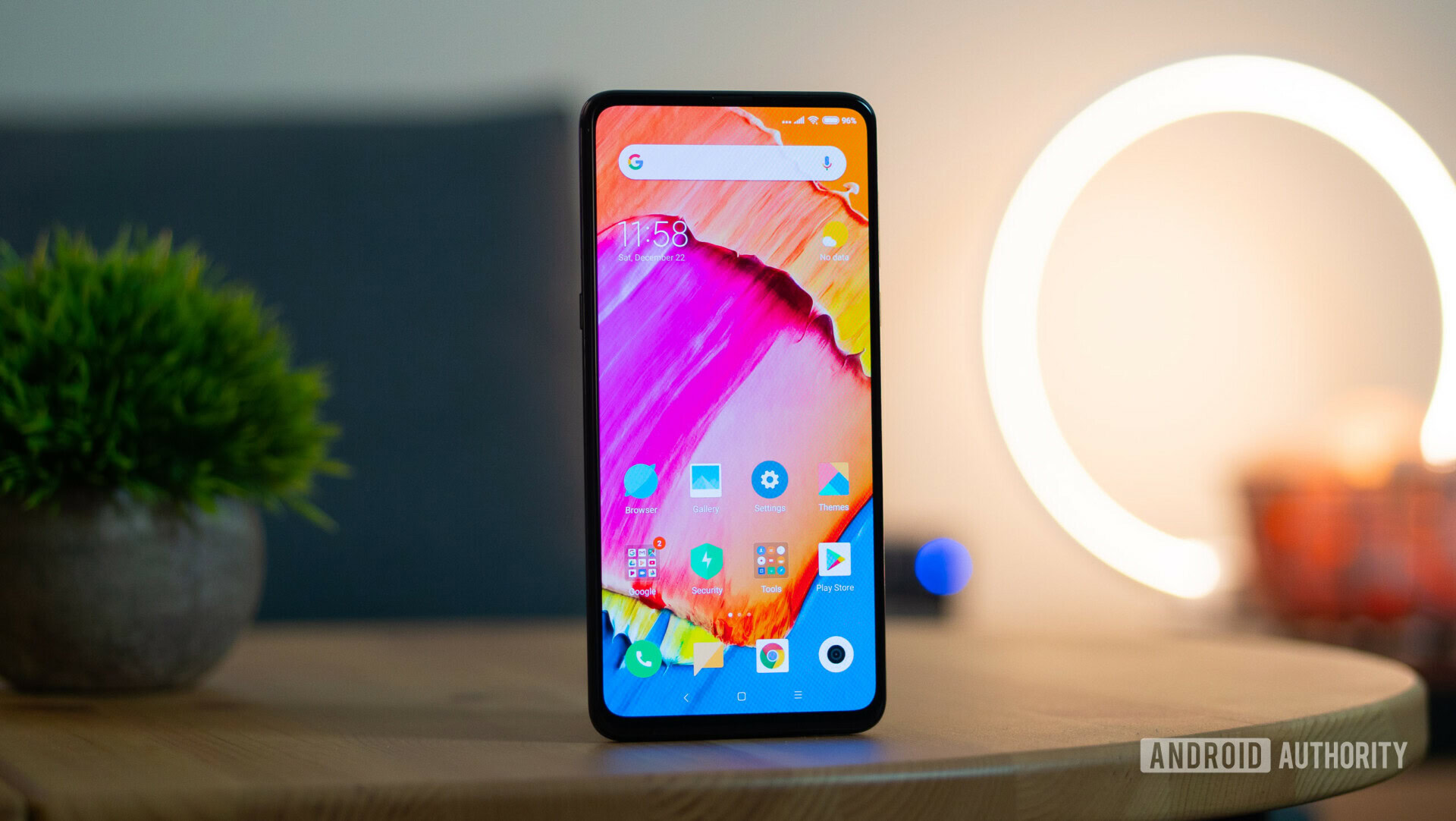
Display
The Xiaomi Mi Mix 3 continues the trend set by previous Mi Mix devices with a full-screen experience and minimal bezels. The slider makes shrinking the bezels easier, since the front-facing cameras are hidden inside of the phone. This means Xiaomi didn’t have to use a notch or put the front-facing camera on the bottom of the phone as in previous iterations.
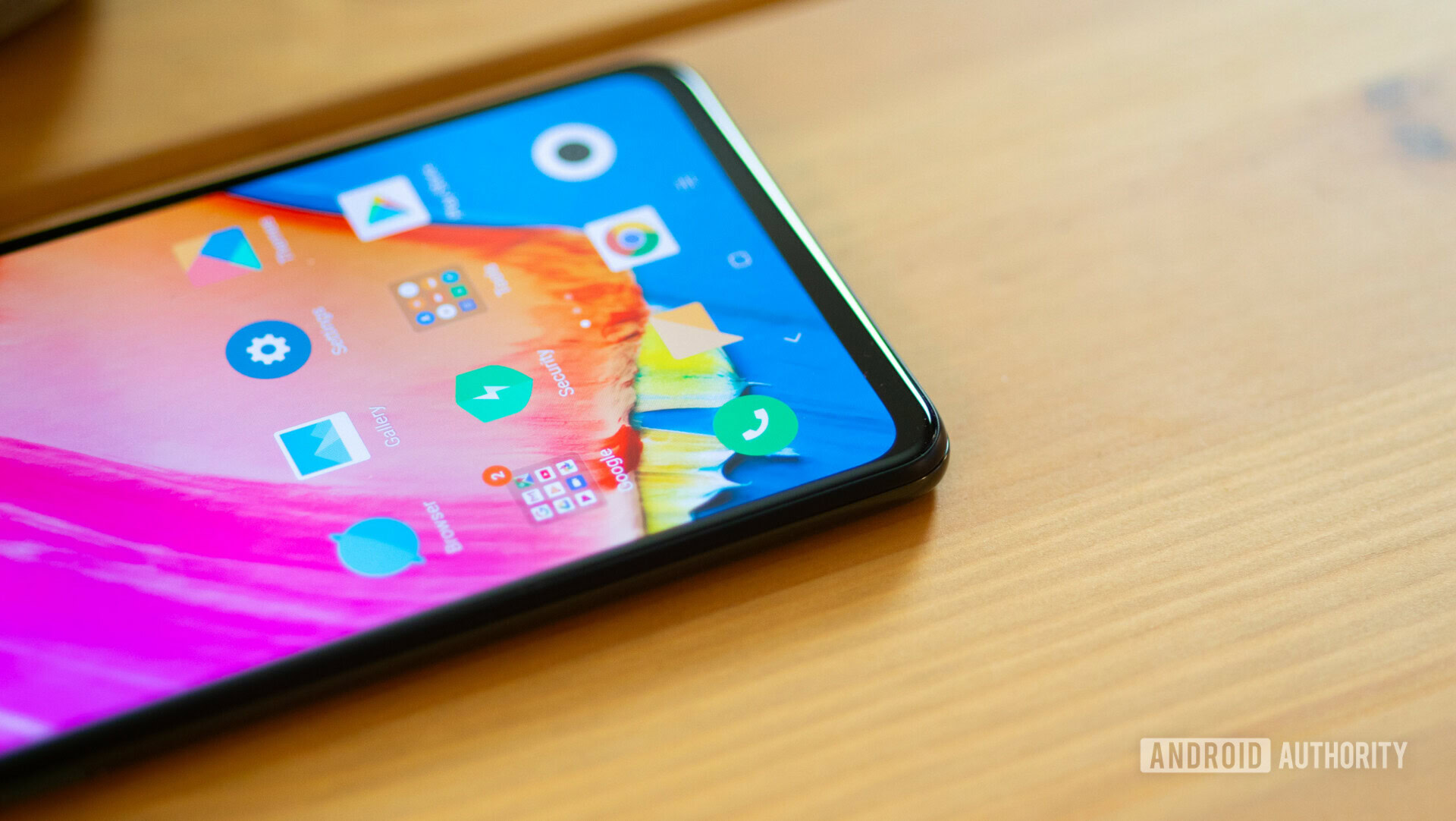
A 6.39-inch Full HD+ AMOLED display fills the front of the phone with an impressive 93.4 percent screen-to-body ratio. Corning Gorilla Glass 5 is used to protect the screen from scratches. The display is vibrant, colorful, and exhibits the excellent contrast we’ve come to expect from AMOLED displays. At 600 nits of brightness, the screen is easily visible in direct sunlight.
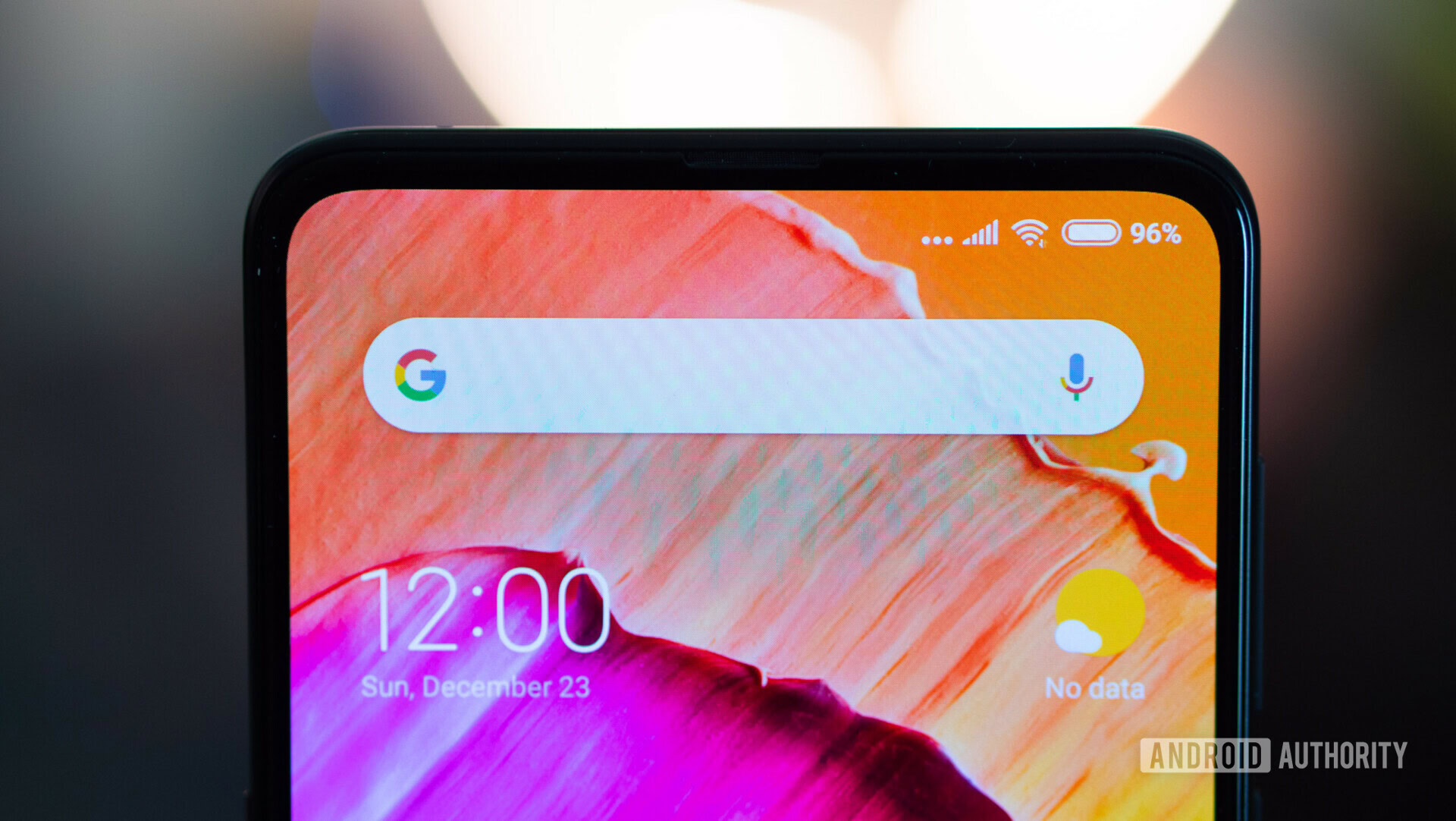
The nearly bezel-less display is a joy to use on a daily basis. Content like movies and YouTube videos look fantastic. It almost feels like you’re just holding a display in your hands. It may not be as high resolution as some of the competing flagships on the market, but you most likely won’t notice. It’s a quality panel and that’s all that matters.
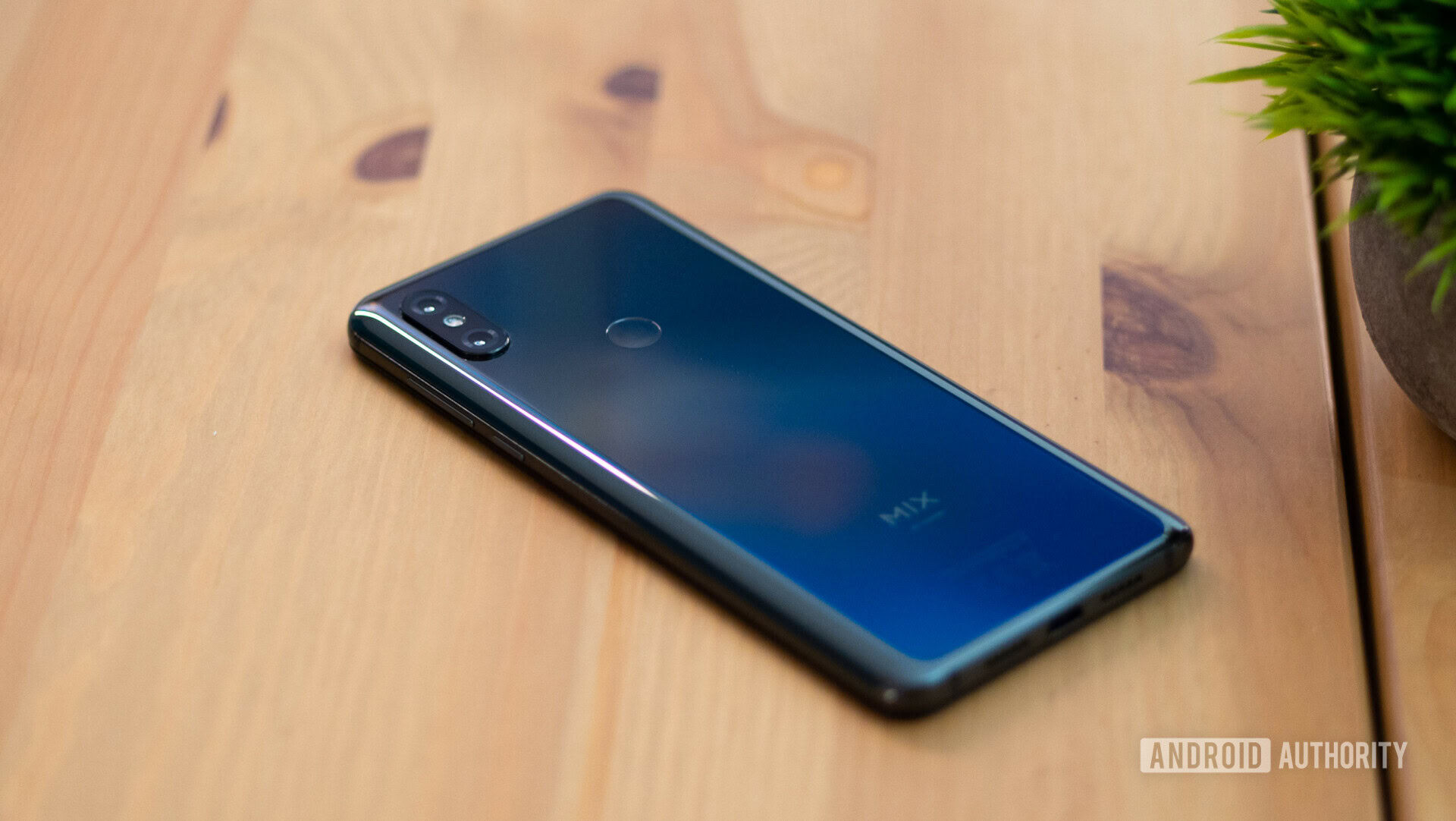
Performance
The Xiaomi Mi Mix 3 comes with the usual internals that we’ve seen in flagship Android smartphones all year. A Qualcomm Snapdragon 845 processor runs the show with either 6, 8, or 10GB of RAM. I used the 6GB variant with 128GB of storage.
As expected, the Xiaomi Mi Mix 3 performs swimmingly. Whether you’re casually swiping through the interface, launching apps, playing games, browsing the web, or multitasking, the Xiaomi Mi Mix 3 is smooth and responsive. The abundance of RAM allows the Mi Mix 3 to keep tons of apps open without ever slowing down. High-end games run with consistent frame rates and the phone never got alarmingly hot or warm during gaming sessions.
The Mi Mix 3 is fast to charge with Qualcomm's Quick Charge 4+ and wireless charging is available as an added convenience.
Battery life performance on the Mi Mix 3 is merely average. With a 3,200mAh battery that’s smaller than many competing smartphones, this wasn’t too surprising. Screen-on time averaged around four hours, which is good for a full day’s worth of use, but only if you’re using the phone casually. More intense use such as gaming and extended camera usage will drain the battery quickly. Thankfully, the Mi Mix 3 is fast to charge with Qualcomm’s Quick Charge 4+ and wireless charging is available as an added convenience.
Hardware
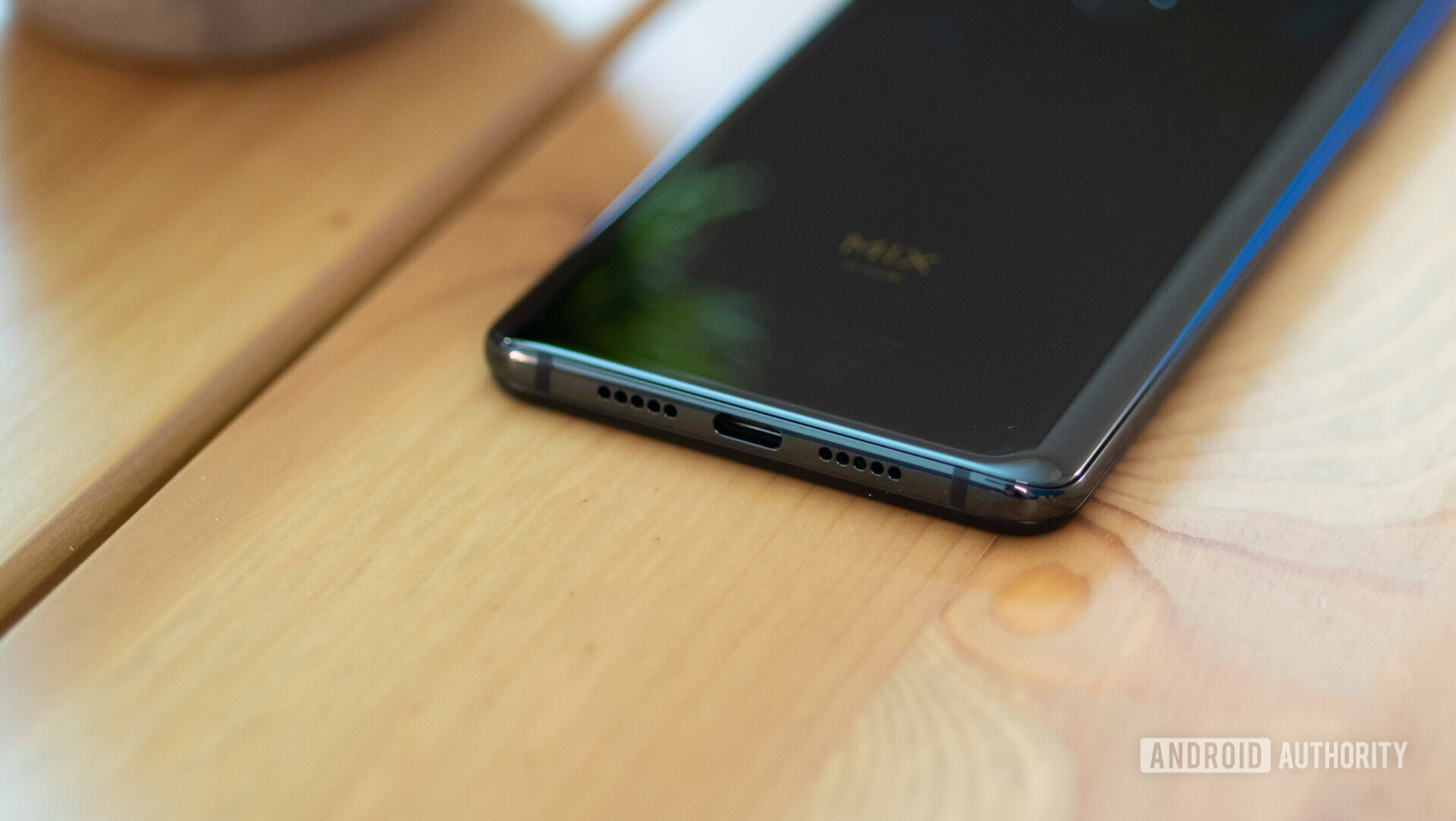
Aside from wireless charging, the Xiaomi Mi Mix 3 doesn’t offer too many extra bells and whistles. There’s no IP certification against water and dust due to the phone’s slider design and you won’t find a headphone jack either. There’s also no microSD card slot for expandable storage, but the 128 and 256GB storage options should be more than enough for most people.
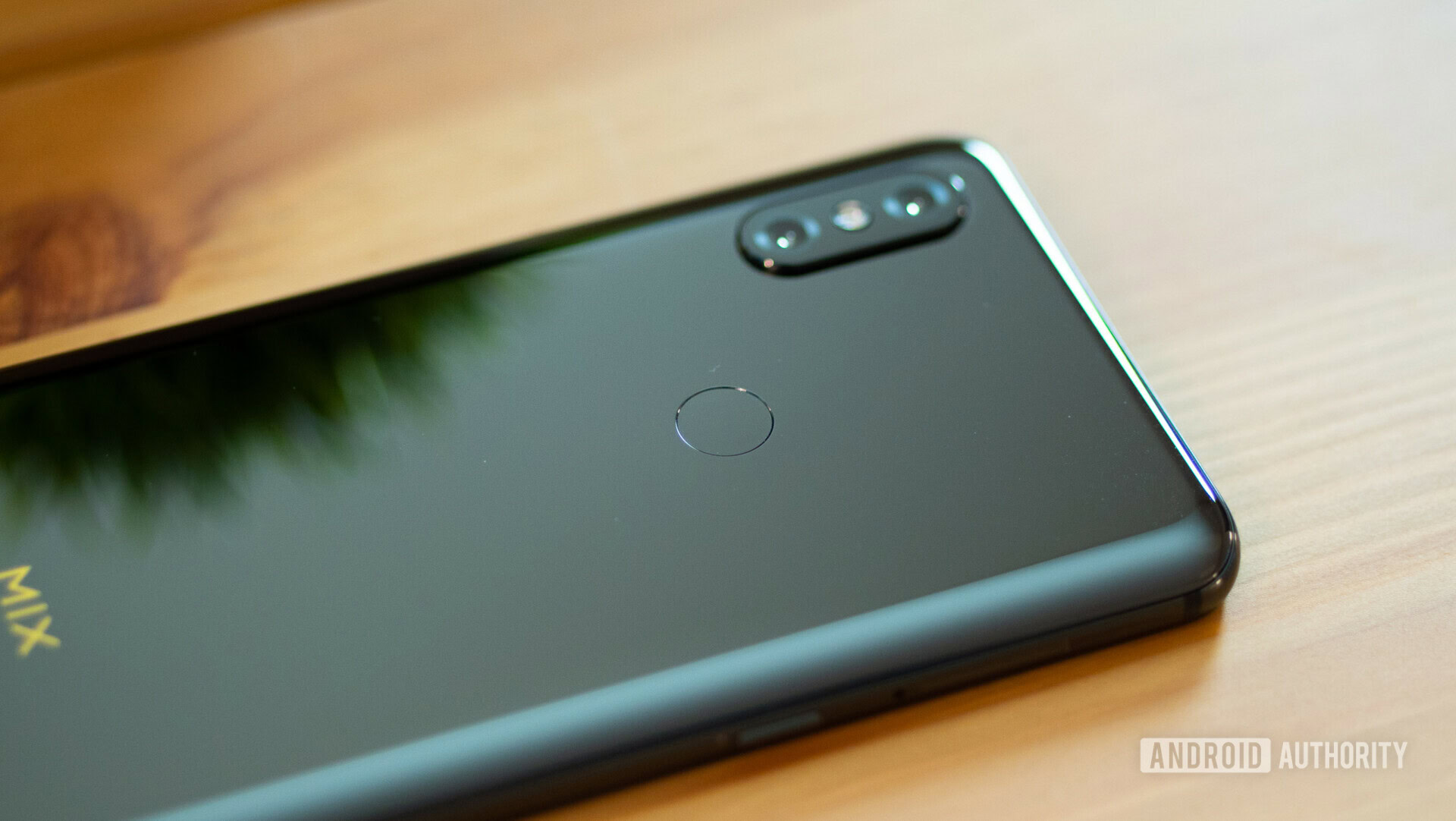
Face unlock can be used as an alternate method of security but this feature won't be enabled until a future OTA update and will only come to select markets.
The most notable piece of hardware is a dedicated AI button on the left side of the phone. This is similar to the Bixby button on Samsung’s Galaxy smartphones, but it’s much more useful since it ties to Google Assistant.
Unlike the HONOR Magic 2, the Mi Mix 3 has a physical fingerprint sensor on the rear panel, not an in-screen sensor. The sensor is fast and accurate. Considering in-screen fingerprint sensors aren’t quite as reliable in their current state, Xiaomi’s decision to go with a physical sensor was a smart one. Face unlock will work as an alternate method of security, but not until a future OTA update and only in select markets.
Camera
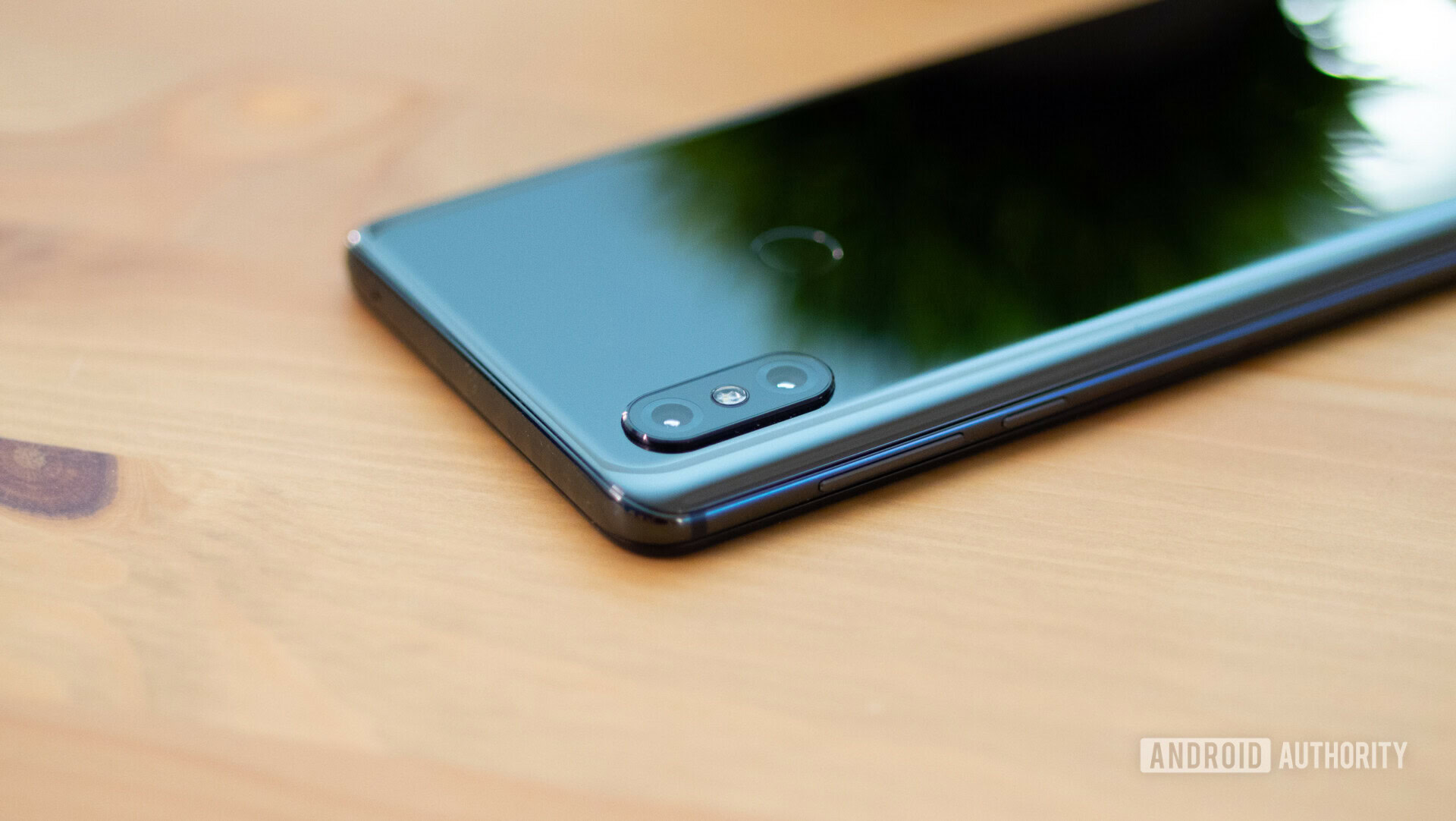
The Xiaomi Mi Mix 3 comes with a total of four cameras. The rear is equipped with two 12MP sensors. The primary camera features a f/1.8 aperture lens, dual-pixel autofocus, and optical image stabilization. The secondary sensor is a telephoto lens with f/2.4 aperture and provides 2X optical zoom.
The main front-facing camera comes in at a whopping 24MP and is paired with a 2MP sensor. Only the 24MP sensor takes photos while the 2MP sensor is designed to assist with portrait mode, studio lighting effects, and AI scene detection. Portrait mode, studio lighting, and AI scene detection are also available on the rear cameras.
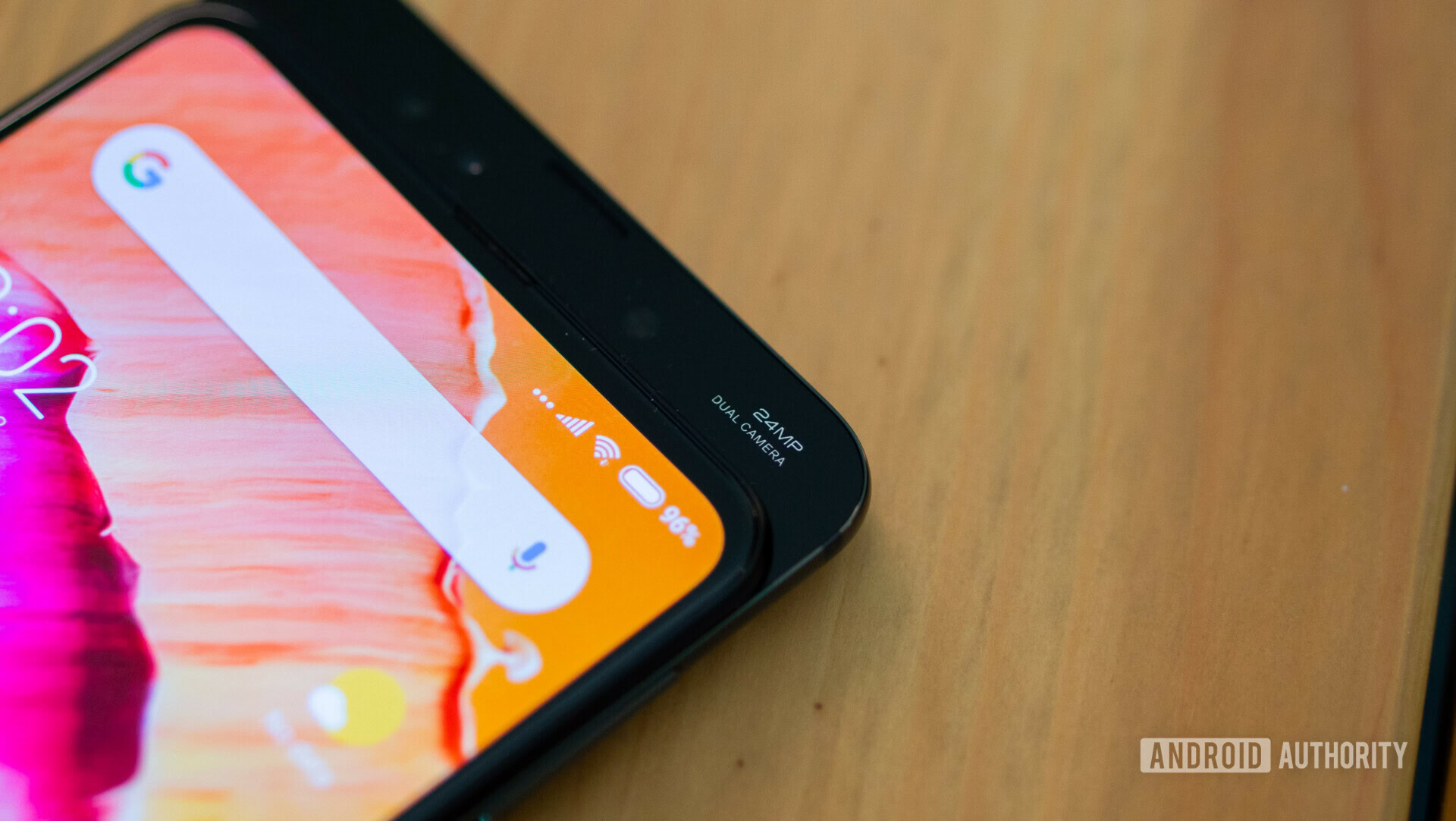
Portrait mode on the Mi Mix 3 works very well with clean cutouts of subjects and a convincing background blur. Very rarely did the Mi Mix 3 struggle with separating the foreground from the background. The bokeh can also be adjusted after the fact to increase or decrease separation between the subject and background. The studio lighting effects are fun if you want to make your selfies look a little more interesting but it doesn’t always do a perfect job cropping you from the original background, as you can see with my right ear in the images below.
Many smartphone cameras now include AI scene detection and they all work more or less the same. The Mi Mix 3 can detect scenes like food, plants, text, landscapes, and more. If the phone detects a scene you’ll see a visual indicator within the camera’s viewfinder and the camera will adjust the image accordingly in an attempt to provide a better-looking image.
I noticed that the AI scene recognition mostly just ups the saturation, contrast, and the overall brightness of the image. If you don’t dig the extra color and contrast, you can disable the AI. I personally didn’t mind the results it gave me as they’re not as heavy-handed as those found on some other phones.
The camera's excellent dynamic range kept highlights from overexposing which provided more detail in these areas.
Whether or not you decide to use the AI, the Xiaomi Mi Mix 3 is an excellent smartphone camera for photography. Images are crisp and full of detail and color reproduction is very pleasant with good white balance. The phone handled all sorts of situations extremely well, and night time shots were impressive. Details are very crisp and sharp, and noise is minimal. Many smartphone cameras tend to struggle with highlights in low light photography but such is not the case with the Mi Mix 3. The camera’s excellent dynamic range kept highlights from overexposing which provided more detail in these areas.
We’ve included a full gallery of samples below for easy viewing but you can see the full-res images by clicking here.
Gallery
Software
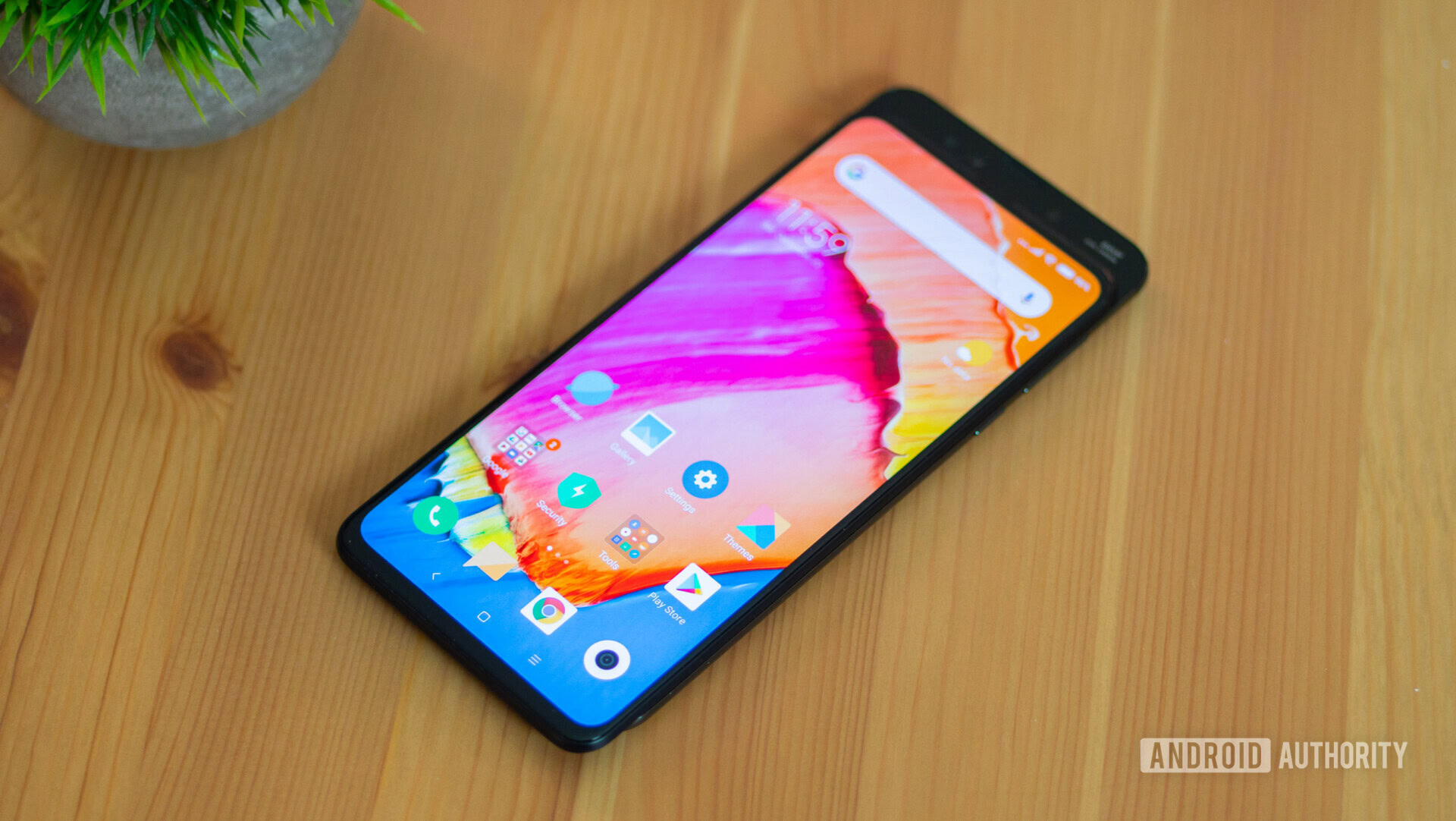
The Mi Mix 3 ships with the latest Android 9 Pie and version 10 of Xiaomi’s popular MIUI software. Although I prefer my Android software as stock as possible, MIUI is pleasant to use and easy on the eyes. The UI is very minimalist and doesn’t overwhelm you with bright colors, opting for a more pastel color palette. The UI is highly customizable with a big library of wallpapers and MIUI offers a great selection of themes for changing the UI’s aesthetics.
MIUI comes with many other useful features such as a one-handed mode, gesture-controlled shortcuts, and dual app support. The software also leverages the slider mechanism as a shortcut for taking a selfie or automatically launching into a specific application when sliding the phone open. Although MIUI has a lot of features and software tricks, none of them feel intrusive and many are quite useful. The experience is also free of third-party bloatware, which keeps the software clean. There is a lot of Mi branded software preinstalled, but that’s par for the course.
Specifications
| Xiaomi Mi Mix 3 | |
|---|---|
Display | 6.39-inch AMOLED 2,340 x 1,080 resolution 19.5:9 screen ratio |
SoC | Qualcomm Snapdragon 845 Octa-core, up to 2.8Ghz |
GPU | Adreno 630 |
RAM | 6GB/8GB/10GB LPDDR4x |
Storage | 128GB/256GB UFS 2.1 |
Cameras | Rear cameras Main: 12MP with 1.4 micron pixels, 4-axis OIS, f/1.8 aperture (IMX363) Secondary: 12MP 2x telephoto with 1.0 micron pixels, f/2.4 aperture (S5K3M3+) Video: 4K at 60/30fps, 1080p at 960/240/120/60/30fps, 720p at 960/240/120/30fps Front cameras Main: 24MP with 1.8 micron "super pixels", f/2.2 aperture (IMX576) Secondary: 2MP sensor for depth effects (OV02A10) |
Audio | USB Type-C No headphone jack |
Battery | 3,200mAh battery Quick Charge 4+ 10 watt wireless charging |
IP rating | N/A |
Sensors | Rear fingerprint Hall Accelerometer Gyroscope Proximity Ambient Light Electronic Compass Barometer |
Network | GSM: B2, B3, B5, B8 CDMA 1X, EVDO: BC0, BC6, BC10 WCDMA: B1, B2, B3, B4, B5, B6, B8, B9, B10 TDD-LTE: B34, B38, B39, B40, B41(2496-2690) FDD-LTE: B1, B2, B3, B4, B5, B7, B8, B12, B13, B17, B18, B19,B20, B25, B26, B28, B29, B30, B66 |
Connectivity | Wi-Fi: 2x2 MIMO, MU-MIMO, 802.11 a/b/g/n/ac, 2.4G/5G Bluetooth 5.0 AptX/AptX-HD support NFC Dual frequency GPS (GPS L1+L5, Galileo E1+E5a, QZSS L1+L5, GLONASS L1, Beidou B1) |
SIM | Dual nano-SIM Dual 4G standby |
Software | MIUI 10 Android 9.0 Pie |
Dimensions and weight | 157.9 x 74.7 x 8.5mm 218g |
Colors | Jade Green Onyx Black Sapphire Blue |
Xiaomi Mi Mix 3: Pricing & Final Thoughts
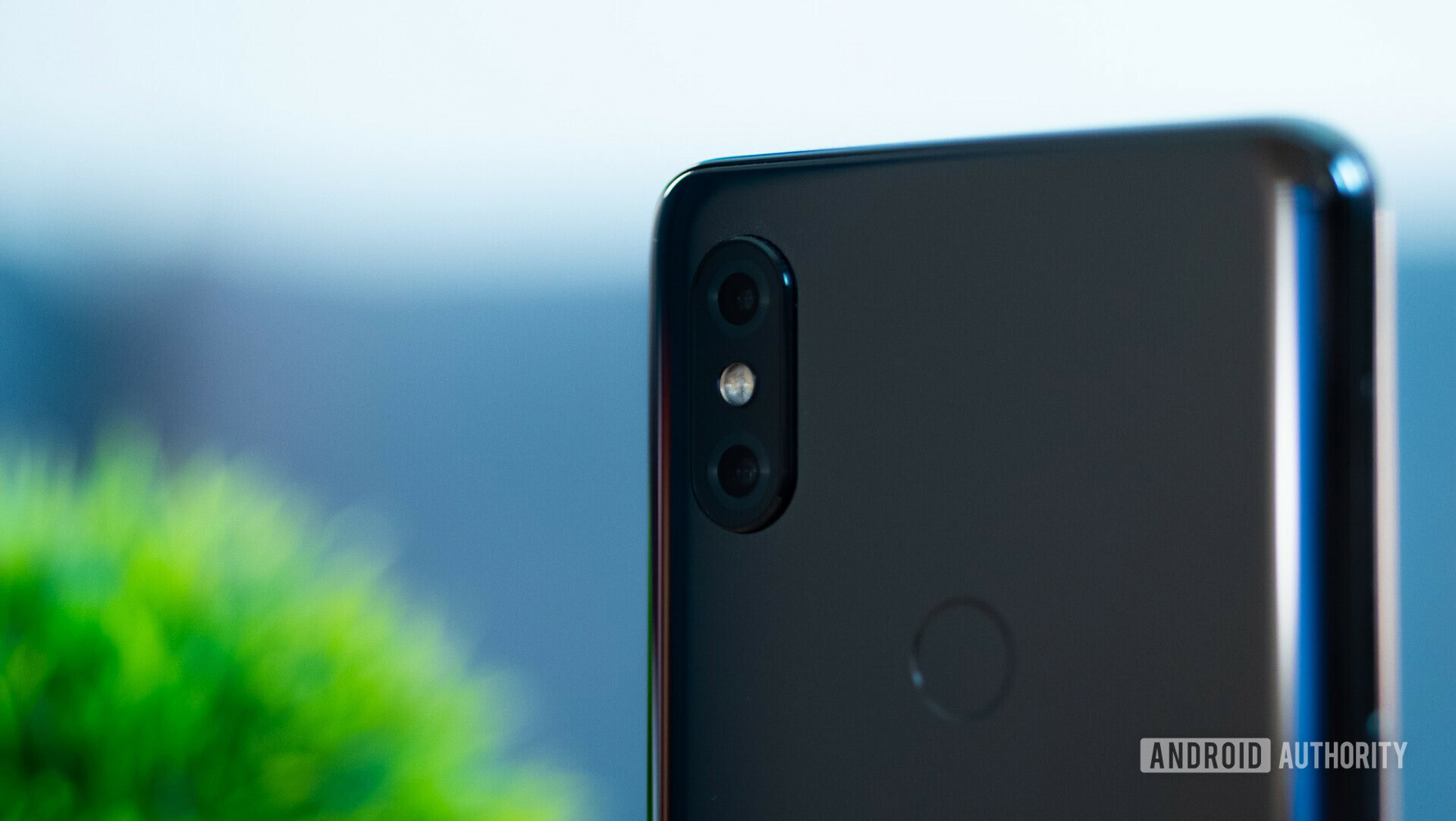
Pricing for the Xiaomi Mi Mix 3 is as follows: 6GB RAM and 128GB of storage for 3,299 yuan (~$475); 8GB RAM and 128GB of storage for 3,599 yuan (~$520); 8GB RAM and 256GB of storage for 3,999 yuan (~$575); and a 10GB RAM and 256GB of storage special edition for 4,999 yuan (~$720).
Aside from China, the Mi Mix 3 is now available in the U.K. via Amazon for the price of 499 pounds.
The Mi Mix 3 doesn’t disappoint as a flagship smartphone. It offers fantastic specs with great performance, great design, a near bezel-less screen, and a fantastic camera that takes excellent photos in all conditions. It lacks battery capacity and isn’t water resistant, but that’s a sacrifice you’ll have to make if you want to experience a new take on an old design.